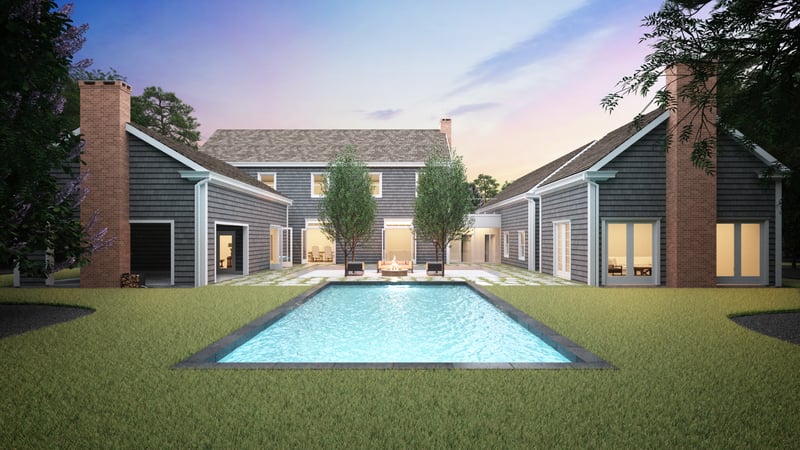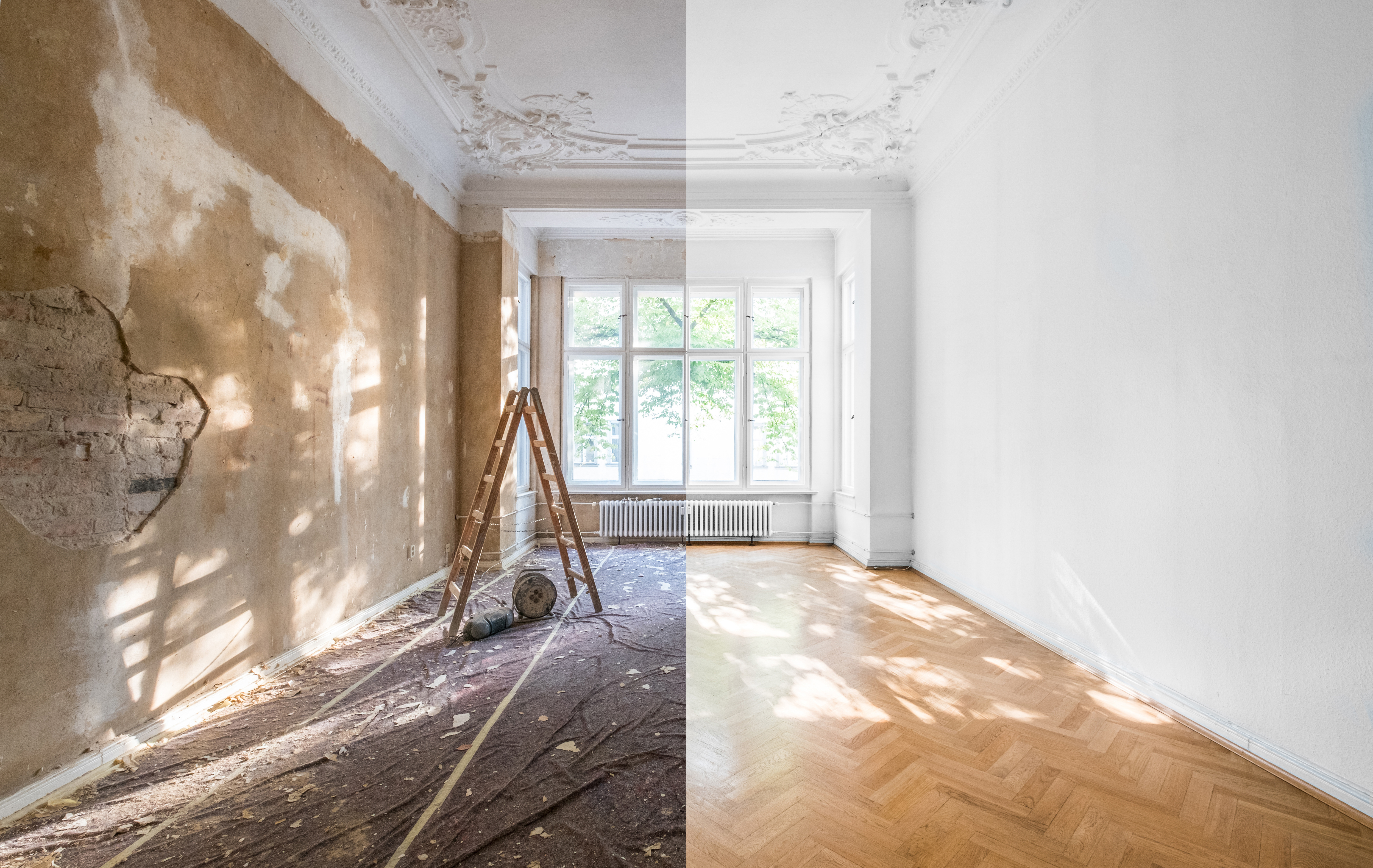Swimming pools are a great addition to a backyard. Pools provide entertainment value and improve quality of life. However, there is a legitimate debate over the return on investment for swimming pool construction. The average cost of an in-ground swimming pool is in excess of $21,000. There may be additional expenses as well, such as landscaping and fencing.
Considering the substantial cost of a swimming pool, it raises some important questions: How much does the addition of a swimming pool contribute to your property value? Is a pool a good investment? Here are the factors to consider:
Does a swimming pool make your home desirable?
The desirability of your home on the real estate market truly depends on the buyer. Some people include a swimming pool on their wish list.
Others automatically rule out a home with a swimming pool. These buyers may not have the time to maintain the pool. Others may have young children and fear drowning incidents.
The state you live in matters as well. In warm states, swimming pools are more prevalent and desirable. In colder states, swimming pools are only used for a few months per year and less desirable.
What is the resale value for swimming pool construction?
There are many variables to consider, but experts estimate that a swimming pool retains 15 to 25 percent of the original investment. Return on investment fluctuates based on factors such as location and condition.
The location directly impacts the residual value of the swimming pool. Owning a pool in a southern state adds roughly 5% percent to the pool's residual value.
Another factor to consider is the condition of the pool. First, you want to hire a reputable contractor that does a great job. Second, you need to maintain the pool and keep it in sterling condition.
If you do these things, it will add several percentage points to the pool's residual value.
What are some additional expenses to consider?
When considering the return on investment, it is necessary to consider all costs. In addition to an average $21,000 in upfront costs, there are additional expenses as well.
For example, state and local regulations may require you to add fencing around the swimming pool. In addition, swimming pool construction tends to rip up the entire backyard. There will be new landscaping costs to make the surrounding area look good.
Another oft-ignored expense is the annual maintenance costs. Many homeowners overlook the time and cost it takes to keep a swimming pool clean. For starters, you will have to buy chlorine, shock, and other chemicals to treat the water. Also, you must maintain a water pump and pool filter, which are two expensive items. Lastly, operating a swimming pool increases your utility bills. It takes energy to run the filter and heat the pool.
These additional costs must be considered when determining the true value of adding a swimming pool.
What will your pool really look like?

When considering adding a pool to your yard, consider commissioning a photorealistic architectural rendering to be able to see exactly what it will look like. You can also utilize the rendering if you plan on selling your home and you didn't get a chance to build the pool yet.
Final thoughts
From a financial perspective, you are likely to recover just a small percentage of your original investment. Pools add 15-25% of their investment to the value of a house. However, there are other factors to consider, such as quality of life and market desirability. Some buyers may insist on a pool, especially those in warmer climates.




